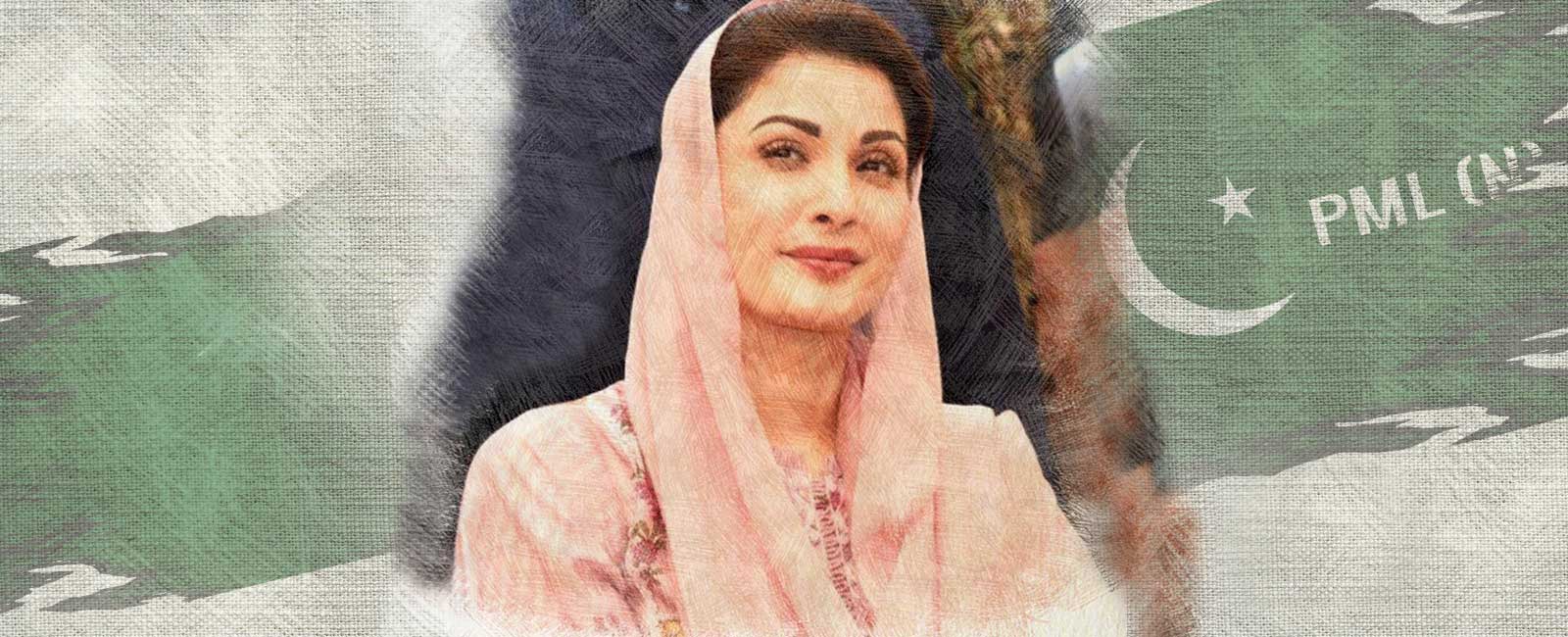Maryam Nawaz: Pakistan's dawning political metaphor

REPLUG: Punjab, Pakistan’s most populous province, has been denied effective leadership since 2018. The sluggish leadership of Usman Buzdar, the power struggles within the Punjab Assembly after his removal and then the extended tenure of an unelected caretaker chief minister Mohsin Naqvi, have greatly hampered the governance of this vital seat of power. Now, with elections just around the corner, Maryam Nawaz is a leading contender for the job of chief minister, the top slot in Pakistan Muslim League-Nawaz’s (PML-N) traditional stronghold.
In many ways, Maryam Nawaz’s trials and tribulations over the last many years have been the perfect political school for this important job. Punjab is a vast province with diverse needs and ever-widening wealth disparities, untapped economic potential, and a curious fusion of the traditional and the modern. It calls for a strong leader with a dynamic approach to understand these needs and harness this potential. The last person who displayed effective leadership in Punjab was Shehbaz Sharif. His son, Hamza Shehbaz, a useful party organiser, could not demonstrate the same efficiency in the office of chief minister and so, whether by fate or by chance, the mantle has fallen on the shoulders of Maryam Nawaz – the latest addition to the leadership ranks of PML-N.
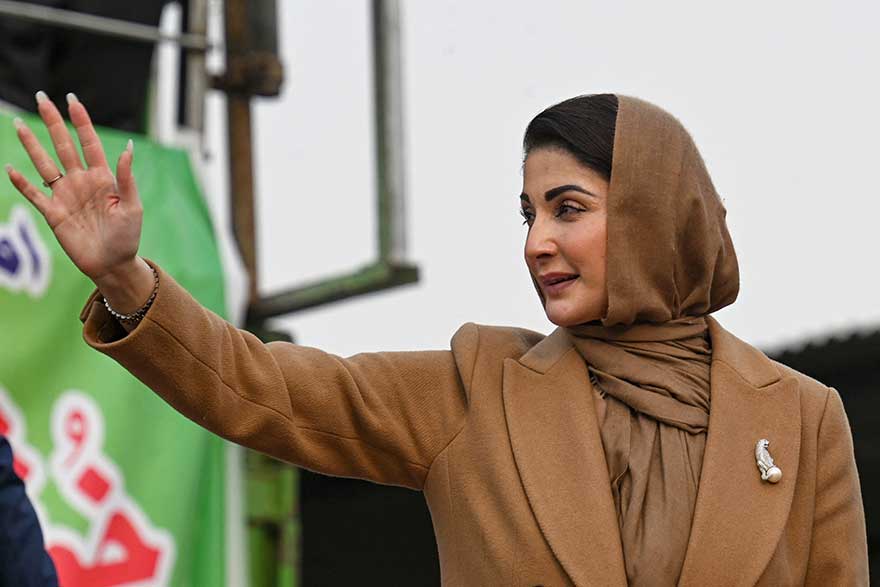
‘Fortune favours the brave’ goes the old saying. If the election pans out as PML-N is hoping it will and Maryam succeeds, fortune will indeed favour the courage and resilience demonstrated by her over the last few years.
Maryam Nawaz, a descendant of the legendary wrestler Ghulam Mohammad Baksh Butt, is Nawaz Sharif’s favourite daughter and undoubtedly the inheritor of his political legacy. And why not? Maryam stood with her father when he was facing the most rancorous onslaught from the military and judicial establishment, when mainstream electronic and social media platforms were actively being used to abuse and discredit the Sharif family and when each day brought a new narrative on television screens to degrade and humiliate. She stood unflinchingly even when her party and family were cornered from all sides and on the verge of a breaking point.

The nature of these attacks was particularly vicious for Maryam, as women are seen as soft targets. Sexualised slurs and character assassination in such a toxic environment are enough for most people to shy away from the spotlight. It would have been particularly easy for Maryam to do so – having led a sequestered life, there was no pressure on her to come to her father’s and her party’s defence. And yet, she rose to the challenge, facing more than 150 court hearings, displaying nerves of steel which were tested relentlessly.
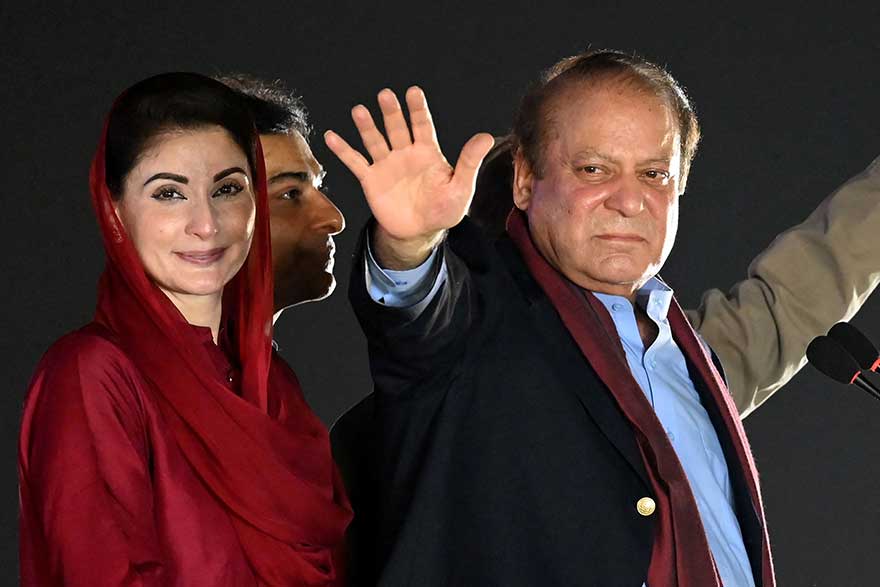
Ironically, the attacks aimed at wearing her down fuelled a fire within her and created an unbreakable exterior. She left her ailing mother's side to accompany her father to Pakistan in 2018 to face imprisonment in Adiala Jail where she was kept in solitary confinement in the scorching heat of summer, where later she would receive the news of the death of her beloved mother. Despite the merciless treatment in the jail and death of her mother, if Maryam Nawaz has ever cried tears of sadness and self-pity, the public has not seen them. The only tears she allowed herself to shed in public were those of vindication and gratitude when her triumphant father arrived in Lahore after several years in exile. Maryam has proven that she does not break down easily and this is an excellent leadership quality that will serve her well in any position of authority.
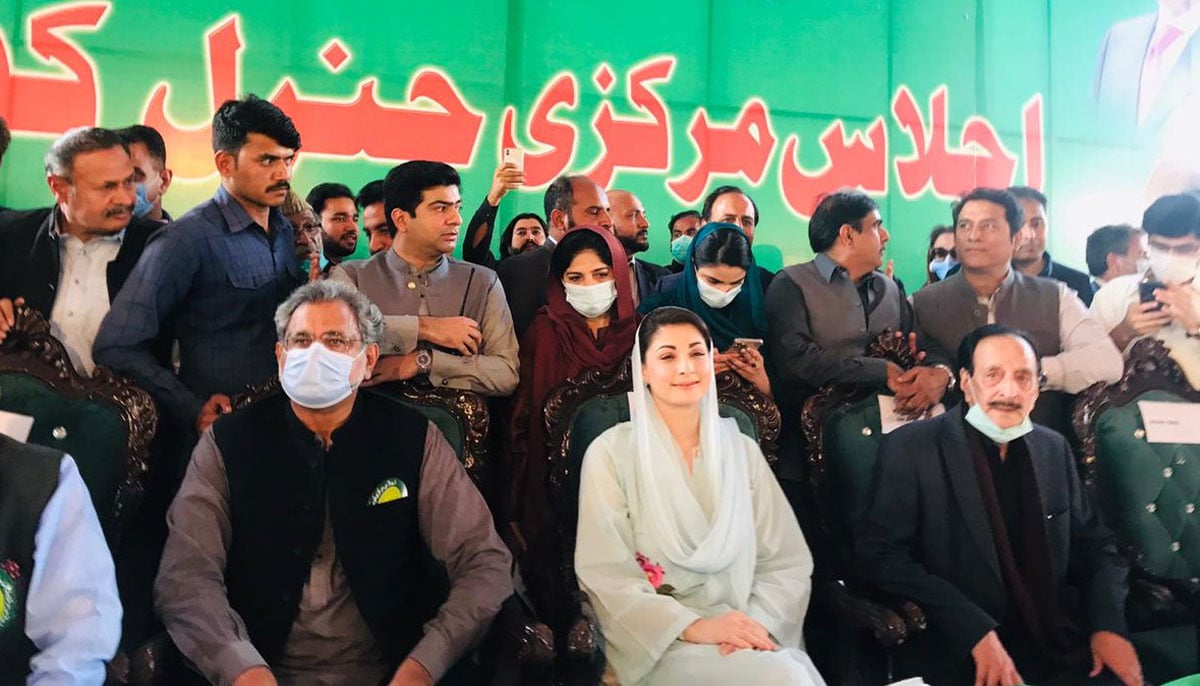
But keeping a grip on her emotions is not the only thing she learned over the last few years. She learned how party narratives are built and kept alive, when it is time for strategic retreat and when it is time to attack. She built around her a trusted team of youngsters and backbenchers, those otherwise ignored under the star power of senior party leaders. This team went through all kinds of highs and lows together, and no simulated team-building exercise can compare to the experiences they have endured together. Maryam and her team have become a formidable, well-oiled machine and this camaraderie and internal cohesion will serve the office of chief minister, should Maryam be the one to occupy it.
Maryam’s successes over the last few years are not limited to just personal character building and making a reliable team. She has overcome incredible odds, learning along the way how to manage a large party organisation, how courts work, how the bureaucracy functions, how to navigate competing interests and clashing values, which forces undermine effective performance and how to thwart them. She pulled crowds when it was taboo to be associated with PML-N, led court battles, and endured a difficult prison sentence with her head held high. All these are useful lessons for anyone aspiring for the role of chief minister. She even learned how to run a successful election campaign when a party is under attack from all sides – the stunning victory of the PML-N in the Daska elections under Imran Khan’s tenure amply demonstrates this.
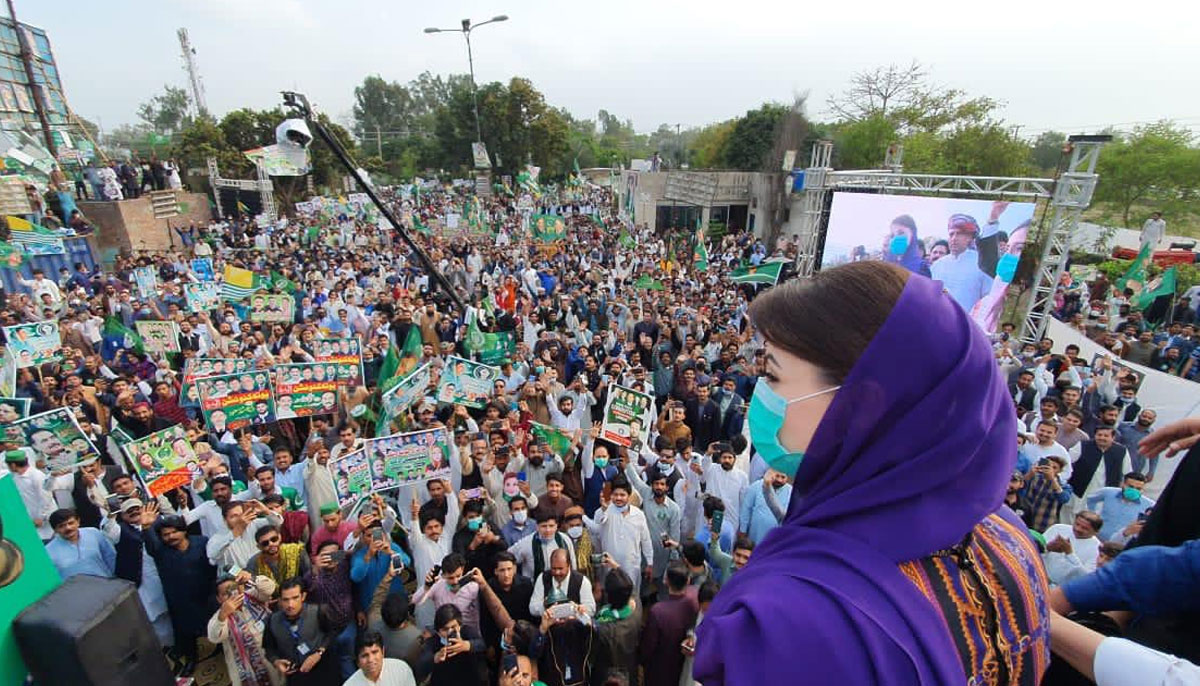
In politics, internal competition is often harder to overcome than external enemies. Her biggest challenge came, not from the establishment hoping to dismantle her father’s party, but from competitors within the party, particularly the old guard. Many resented her rise in her role as PML-N’s crisis intensified. Her first challenge came from Chaudhry Nisar, who could not stomach her disagreements with him and who flatly refused to work with her. He accused her of leading the party to a “dead end.” For a new entrant to PML-N’s leadership, this must have been disheartening to hear. Yet, Maryam, convinced of the principle she was upholding, continued undeterred. Today what Nisar called “dead-end” politics has created new openings for the party.
The newly rejuvenated PML-N is thriving under Maryam and Nisar is nowhere to be found. Then, internal opposition came from the least expected person, Shahid Khaqan Abbasi, a party stalwart who Maryam deeply respected. Once again, it was divergent leadership styles and different perspectives on the future of the party which drove a wedge between the two. It was perhaps unfair of Abbasi to expect that Nawaz would deny Maryam her rightful role in the party. Nevertheless, the vacuum Abbasi created with his departure was easily and quickly filled by Maryam and today, his presence is not particularly missed.
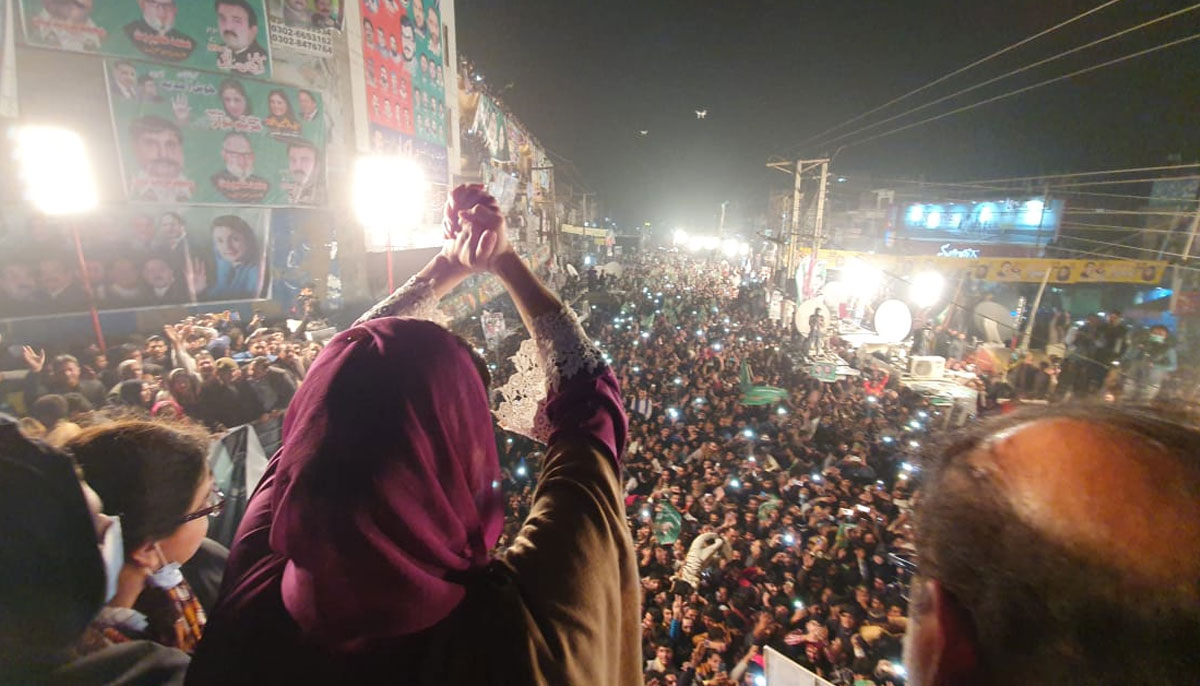
However, political training is one thing, successfully delivering effective governance is another. Maryam’s credentials for the role of chief minister of Punjab are unquestionably strong, but her tenure itself will be decided by her plans and policies; does she understand what is required to resolve the multi-pronged crisis of education, health, agriculture, industry, environment and much more? What is her vision for Punjab and how will she turn it into a reality? The answers to these questions will determine the destiny of Punjab, and indeed the future of PML-N.
Sana Jamil is Digital Editor at Geo.tv
— Header and thumbnail design by IMM Creative



